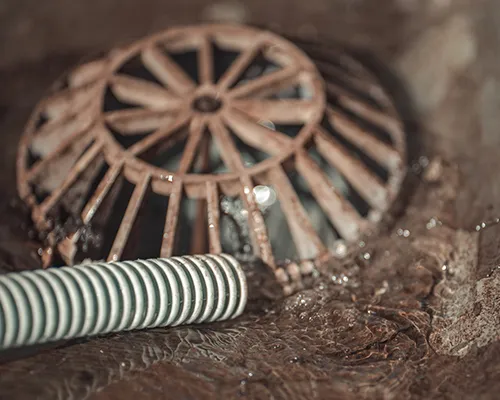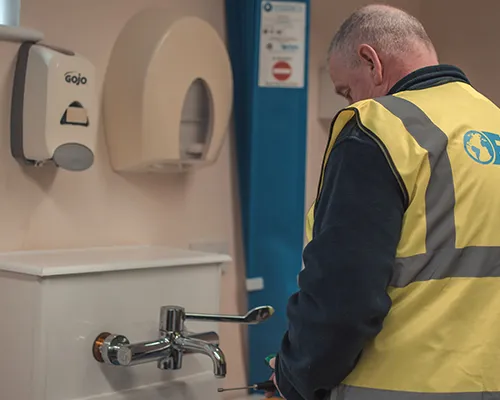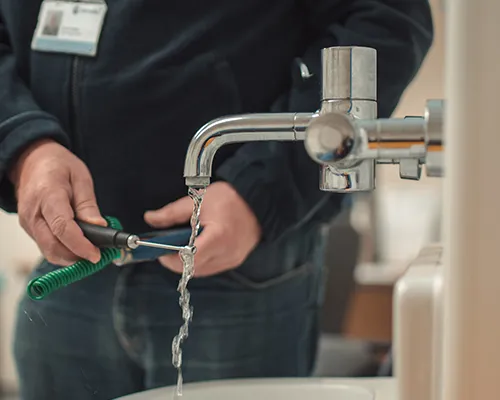
No items found.
EMS Water is based in Herefordshire and operates a selection of offices in Worcestershire, South Wales and London, backed by a nationwide network of UKAS-accredited partnered laboratories, giving a national reach. With years of experience and a roster of key accreditations, we offer:
Water testing in the West Midlands
And much more
Wherever you are located, we can deliver expert water quality testing as well as BS 8580-1:2019 compliant Legionella risk assessments, BS 7592:2022 compliant Legionella sampling and Legionella water treatment/disinfection.
We are an accredited water hygiene consultancy offering independent water testing to help keep your premises safe and legally compliant. With our services, you can maintain compliance with key legislation and guidance including the Health and Safety at Work Act and we operate in accordance with latest best practice guidelines, such as BG 50/2021.
From employers to landlords, we can help you keep your water system up to standard, with turnkey support from testing and remediation to ongoing services. Our expert technicians are highly trained and fully DBS-checked, ensuring quality of service and professionalism at all times.
Our water testing services encompass a range of key aspects, including:
Analysis of suspended materials
Microbiology testing
Chemical composition and water hardness
Metal sampling and testing for corrosion contamination
Ongoing condition monitoring and certification
In addition to testing water systems within buildings, we can also conduct water sample testing for spas, pools and Jacuzzis as well as ponds, boreholes and groundwater.









